You’ve watched the DIY channel; you’ve wandered through the home improvement stores, and watched your neighbor doing everything around their home. But are you DIY savvy or do you need to use a pro when tackling projects in and around your home? Of course, here at RDS, we’re all about using a pro when you’re building a home or remodeling an existing home. But there are many projects you might be able to do on your own. Knowing how you answer the following questions may help you decide.
Our latest Front Porch Friday dealt with this topic – DIY or Pro. But let’s delve into this in a little more detail.
Ask Yourself the Following Questions; How You Answer Will Help You Decide
What is worth your time and energy?
What is worth it to you? If it’s a huge project, is the time away from your family worth it? Will your full-time job impact the timeline of the project? Is your family willing to live in chaos for a while? Any project, whether it’s a DIY or handled by the pros will cause a disruption to you and your family, but will a DIY cause more or less disruption? What is your stamina like? We all want to believe we can do it all, but can we? Or do we even want to? It might be better for you do the demo or prep work or finish work, and have a pro do the other parts.
Is the reward worth the risk?
Saving money is always important, but it may not be worth it for you to do it yourself and save a few bucks. Depending on what your project is, having someone complete this project may be a better use of your money. In addition to financial reasons, you need to know your limits. Anything that carries with it the potential for causing damage to your home or yourself, or others should be handled by the pros. Plumbing and electrical are two biggies to be wary of doing yourself if you don’t have prior knowledge or experience. Ready to knock down a wall? Do you know if it’s load bearing or how to even find out? We’ve all seen DIY projects gone wrong! If you have the skills needed for the project, or can learn a new skill quickly, then go for it! There’s nothing like being able to say that you did it yourself - if it isn’t too risky for YOU!
Do you know what you’re doing?
If you’re a seasoned DIYer, then you get what it takes to complete a project. For the rest of us, we need to understand and be aware of all of the steps that will be needed to complete the project. We need to have all of the necessary tools available to us, whether we own them or rent them. Research is paramount for success, as well as knowing who to call if things go wrong. Hidden surprises are the worst and will not only slow your project down but might prevent you from completing it. However, the more DIY you do, the better you will be with future projects.
Be honest – will you finish what you start?
This is an easy one to understand. Look around - do you have other unfinished projects? Don’t start any new ones until you finish other ones you have started. In addition, if you tend to be a weekend warrior, how long will this DIY take? If it’s a huge project, do you have the time? Start small if this is your first project and stay on your schedule!
How long will the project take and can my family live with it?
A kitchen remodel, finishing a basement, or adding a room will take a great deal of time and energy, especially if you’re doing it yourself. How will your family cope with the project? If the DIY is a big time-involved project, you might want to call the pros. Painting, building furniture, replacing doors, changing light fixtures, or adding a deck or outdoor space might be better places to start as a DIY.
Do you understand what permits and licenses might be needed?
Depending on your project, you might need a permit or license. Some communities require a permit to install a hot water tank or HVAC system. Some require permits for fences, patios or decks, or room additions. Pros understand permits and licenses since that is critical to their success. Every community has different rules and restrictions, so if this is more than you want to handle, then using a pro has its benefits. But if you love working with permits and licenses, you’ve done it before, or you just want to learn how to do this, then go for it. Don’t listen to your neighbor’s advice about needing a permit – always call the city to check.
If you’re thinking of designing a home or just redesigning an existing home, call us. We are your seasoned professionals and while we won’t knock down walls for you, we’ll help you figure out which ones you can have knocked down!













